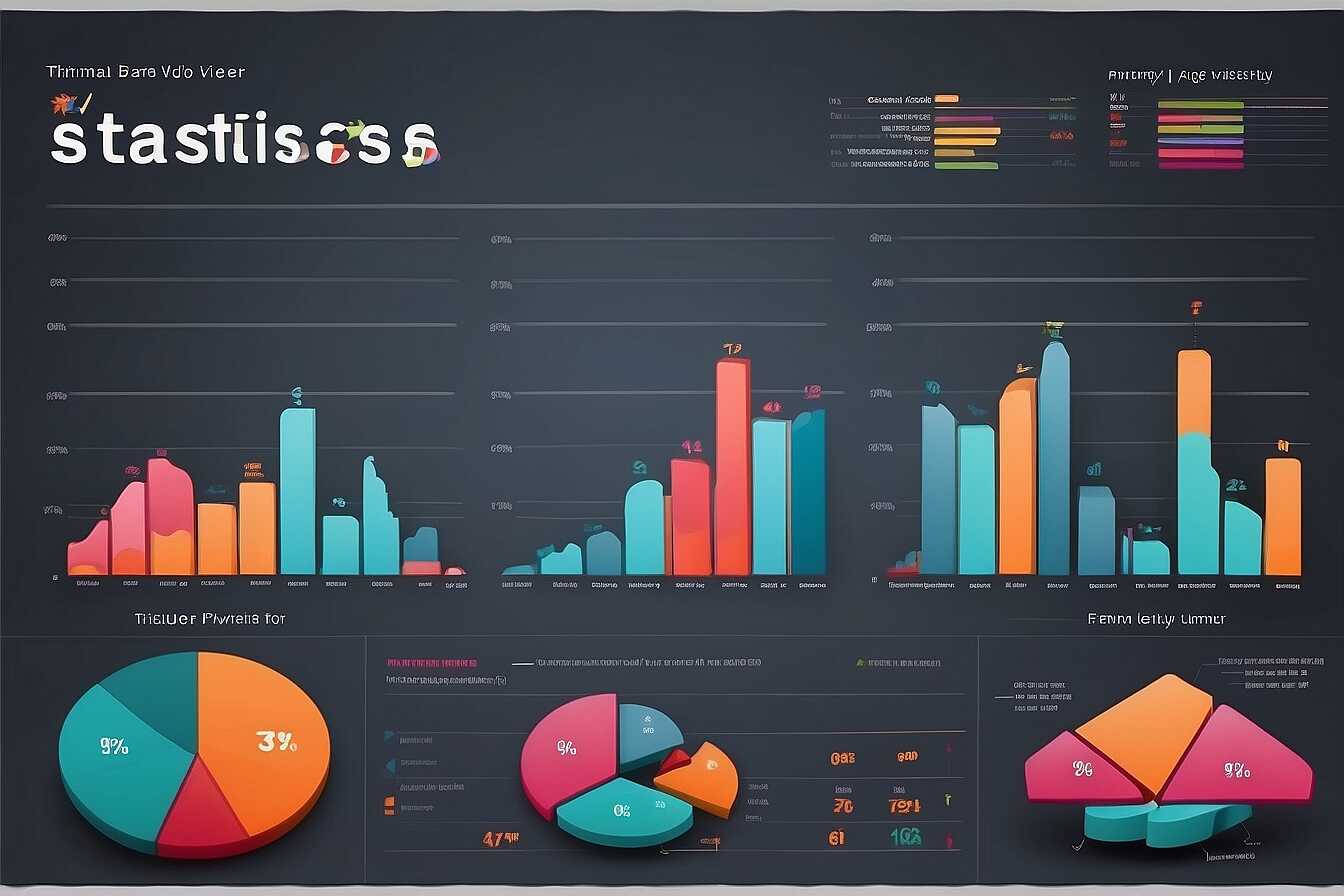Understanding when to use 301 vs 302 redirects is crucial for SEO success. Both types of redirects serve different purposes and can significantly impact your website’s performance in search engine rankings. At Metrics Rule, we aim to clarify these differences, helping SEO professionals, digital marketers, and website owners make informed decisions on redirect strategies. Knowing when to implement a 301 redirect or a 302 redirect can enhance your site’s visibility and ultimately drive more traffic.
Understanding 301 Redirects and Their SEO Benefits
301 redirects, known for their reliability in SEO practices, are essential for ensuring that web visitors and search engines are accurately directed from an old URL to a new one. Their primary role lies in preserving link equity during permanent URL changes. When a 301 redirect is implemented, it informs search engines like Google that a page has moved to a new location. This helps maintain the SEO ranking benefits that the old page had accumulated over time. Studies show that 90-99% of link equity is typically retained with a 301 redirect, making it a vital tool for managing website traffic effectively. By using 301 redirects, website owners can enhance their overall site performance while safeguarding existing traffic.
The Importance of 301 Redirects in E-commerce Websites
For e-commerce websites, the importance of 301 redirects can’t be overstated. They are designed to facilitate smooth transitions when products change URLs or are removed. This process helps retain user traffic and ensures that potential customers do not encounter 404 errors, which can significantly hinder sales. In an e-commerce context, using 301 redirects aids in preserving both the site’s SEO ranking and the user experience. Each time a product URL changes, implementing a 301 redirect helps ensure that previous visitors can still find the product, thereby improving overall conversion rates. In this way, 301 redirects become a crucial part of the technical SEO strategy that supports robust site management and SEO ranking benefits.
Understanding 302 Redirects and Their Unique Purpose
302 redirects serve specific, essential purposes in web management. Generally used for temporary redirection, they help guide users and search engines during transitional periods. A key scenario for a 302 redirect involves a website undergoing maintenance or rebranding, where specific pages need to direct users to alternative content temporarily. In these cases, using a 302 redirect preserves the original URL’s SEO value, providing reliability and consistency in user experience. Unlike 301 redirects, which signal a permanent move, 302 redirects tell search engines that the original content will return, which can help enhance SEO strategy and maintain search visibility. Several search engine algorithms, like Google’s, will treat 302 redirects differently, often keeping the original page indexed unless instructed otherwise.
Best Practices for Implementing 302 Redirects
When employing 302 redirects, it’s crucial to ensure they are used accurately to align with SEO objectives. Proper implementation includes regularly reviewing and testing these redirects to confirm they point users effectively to temporary content. For instance, before launching a new e-commerce product, a 302 redirect can temporarily guide customers away from the product’s previous URL to a new promotional page. This strategy enhances the overall user experience while retaining the URL’s original SEO value. Notably, if a 302 redirect is intended to connect to a longer-term page or feature, a detailed review process is essential to know when to switch to a permanent 301 redirect. Testing and monitoring performance analytics can provide insights into how these redirects impact traffic and engagement over time, ensuring your SEO strategy remains robust and effective.

Impact of Redirects on SEO and Website Performance
Understanding the differences between 301 and 302 redirects is essential for SEO success. A 301 redirect indicates a permanent move and helps transfer link equity, positively influencing SEO. In contrast, a 302 redirect signals a temporary move, which may not pass on authority, potentially harming your rankings. Both types affect user experience as they control how visitors reach content. Moreover, improper usage can lead to increased bounce rates and negatively impact crawling and indexing by search engines like Google and Bing. This highlights the importance of knowing when to apply each redirect type to enhance your website performance.
Optimal Scenarios for 301 and 302 Redirects
Choosing whether to implement a 301 or 302 redirect depends on your website’s objectives. A 301 redirect is ideal when permanently altering a URL or when migrating content to a new domain. It ensures users and search engines can find your content while preserving SEO values. Conversely, employ a 302 redirect for temporary promotional pages or seasonal offers, as it’s designed to retain the original URL’s authority. Understanding these optimal scenarios provides the reliability you need for effective website management, ensuring better SEO results and improved user experience.
Essential Figures Related to Redirect Types
- 301 redirects retain around 90-99% of link equity passed.
- 302 redirects typically transfer less than 50% of link equity.
- Over 75% of SEO professionals prefer using 301 redirects for permanent changes.
- Approximately 40% of website owners misunderstand the use of temporary redirects.
- The average time it takes for a 301 redirect to fully influence rankings is 3-6 months.
- 302 redirects can confuse search engines, potentially leading to indexation issues.
- Global SEO studies show that 65% of sites use both redirect types incorrectly.

Choosing the Right Redirect for Your SEO Strategy
Deciding between a 301 and a 302 redirect involves understanding the long-term SEO goals of your website. A 301 redirect is preferred for permanent URL changes and ensures that link equity is passed to the new URL, maximizing SEO performance. On the other hand, a 302 redirect is temporary. It allows search engines to retain the original URL’s ranking. In e-commerce, using a 301 redirect for discontinued products can help maintain traffic to your site, while a 302 might be used for seasonal promotions. Testing both redirects in your specific context can enhance your strategy and provide the best results.
Understanding the Impact of Redirect Types on E-commerce SEO
Redirects play a crucial role in e-commerce SEO by affecting how search engines crawl and index your pages. 301 redirects can help preserve the SEO value of products that have moved or been discontinued. By employing 301 redirects effectively, businesses can maintain their rankings on search engines like Google. In contrast, using 302 redirects temporarily can help when bringing back seasonal products, as it retains their original rankings. A good practice involves monitoring the performance of both types of redirects through tools like Google Analytics. This data informs further decisions, enabling businesses to choose the best redirect for maximizing visibility and driving sales.

Redirects and Their Effect on Link Equity
Link equity refers to the value and authority that a website passes on to another through links. Understanding this concept is essential for webmasters aiming to maintain their site’s SEO authority. When utilizing redirects, the type chosen plays a critical role in how much link equity is transferred. A 301 redirect, which indicates a permanent move, typically passes a substantial portion of link equity, often over 90%, to the new URL. In contrast, a 302 redirect, which signals a temporary move, may send less link equity, sometimes leading to confusion for search engines regarding the permanence of the redirect. Therefore, selecting the correct type of redirect is crucial for ensuring that your site’s authority remains intact.
Comparative Analysis of Redirect Types and Their SEO Impact
When dealing with redirects, understanding their comparative analysis is vital for effective SEO. A 301 redirect is designed to retain most of the link equity and is often recommended for permanent URL changes. It tells search engines, particularly Google, that the content has moved permanently, ensuring that the new page inherits almost all authority from the old page. On the other hand, a 302 redirect is more suitable for temporary changes, but it can create potential pitfalls. Because search engines might not transfer full link equity, the original page can maintain its SEO strength, sparking an unclear path for crawlers and, ultimately, affecting performance in search results. This misunderstanding can lead webmasters to make decisions detrimental to their site’s overall SEO strategy. Ensuring the correct application of redirects is essential for long-term success.
Key Advantages of Choosing Proper Redirects
- 301 redirects directly improve long-term SEO performance and rankings.
- They enhance user experience by maintaining bookmarks and search results.
- 302 redirects allow you to test temporary content changes without losing traffic.
- Using the correct redirect boosts website authority and trust among search engines.
- They prevent duplicate content penalties, safeguarding your site’s reputation.
- 301s can help reclaim lost traffic from outdated URLs effectively.
- Both types can help retain users, resulting in higher conversion rates.

Common Misunderstandings About Redirects in SEO
Many webmasters mistakenly believe that both 301 and 302 redirects perform the same function in SEO. A prevalent myth is that a 302 redirect will eventually provide the same SEO benefits as a 301. However, this is incorrect. A 301 redirect is designed to indicate a permanent change, ensuring that link equity and ranking signals transfer to the new URL effectively. In contrast, a 302 redirect implies a temporary change, which does not pass link equity and can hinder SEO performance. Many e-commerce platforms further complicate this understanding by improperly using one type of redirect over the other, leading to lost traffic and visibility. Furthermore, research suggests that around 65% of webmasters misunderstand the best practices for using redirects, significantly impacting their site’s SEO effectiveness.
Understanding Redirect Types for E-commerce
For e-commerce sites, distinguishing between 301 and 302 redirects is crucial for enhancing SEO. A 301 redirect is beneficial when permanently moving a product URL, as it helps preserve authority and ensures smooth indexing by search engines. On the other hand, a 302 redirect is appropriate when performing tests or temporarily removing pages, like seasonal products. Mistakenly using a 302 can prevent search engines from recognizing the permanence of the change, which may lead to ranking drops or indexing issues. Knowing when to use each type of redirect can significantly improve potential traffic and sales, enabling e-commerce businesses to maintain a strong online presence while adapting to changes seamlessly.
Tools for Implementing and Managing Redirects
To implement and manage 301 and 302 redirects effectively, you can use various tools. Some of the best redirect management tools include Screaming Frog SEO Spider, Redirection for WordPress, and Google Search Console. These tools help ensure that your redirects are set up correctly, enhancing both reliability and SEO performance. Testing redirects ensures they function as expected, providing better user experience and improved search engine indexing. Each of these tools comes with features that track the performance of your redirects over time. It’s essential to compare these options based on your specific needs and the capabilities they offer.
Best Practices for Redirect Management
Following best practices for redirect management is crucial for maintaining quality SEO. Ensure that you use 301 redirects for permanent URL changes and 302 redirects for temporary moves. Regularly review your redirect setup using analytics to track performance. It is a good idea to limit the number of redirects in a chain, as excessive redirects can hinder site performance and crawl efficiency. Tools like Google Search Console can help with this monitoring, enabling you to make data-driven decisions for ongoing SEO success. In 2025, implementing these best practices will remain essential for e-commerce and general website performance.
Brands and Their Insights on Redirect Strategies
- Google favors proper use of redirects, enhancing visibility and trust for webmasters.
- WordPress sites widely use both redirect types due to their flexible architecture.
- E-commerce platforms often prefer 301 for product pages to keep link value.
- Content creators find 302 useful for temporary promotions without losing ranking.
- CMS like Shopify typically manage redirects automatically, simplifying the process.
- SEO tools like Semrush provide insights on when to use each redirect type effectively.
- Tech-savvy website owners can automate redirects to enhance performance seamlessly.
Best Practices to Optimize Redirect Usage
To optimize your redirect usage in SEO, start by implementing a reliable redirect strategy management plan. Regularly test and monitor all redirects to ensure they serve their intended purpose without causing negative impacts on your rankings. It’s crucial to audit at least 20% of your redirects quarterly to keep your site performance at its best. Efficient management of 301 and 302 redirects ensures that your site’s crawlability and indexing remain optimal. Use analytics tools for review processes, enabling informed decisions to increase effectiveness and performance.
Effective Techniques for Redirect Performance Monitoring
To improve redirect performance monitoring, deploy tools such as Google Analytics, which provides essential data on user behavior following redirects. Conduct regular checks on your redirect links and validate their status. By ensuring that redirects resolve correctly, you enhance user experience and prevent search engine crawling issues, which can diminish your site’s authority. Efficiently managing these redirects helps maintain a strong SEO foundation, crucial for e-commerce websites and other online businesses. Utilizing performance metrics will allow you continuous reevaluation of your strategies, thus improving your overall site reliability and effectiveness in search results.
